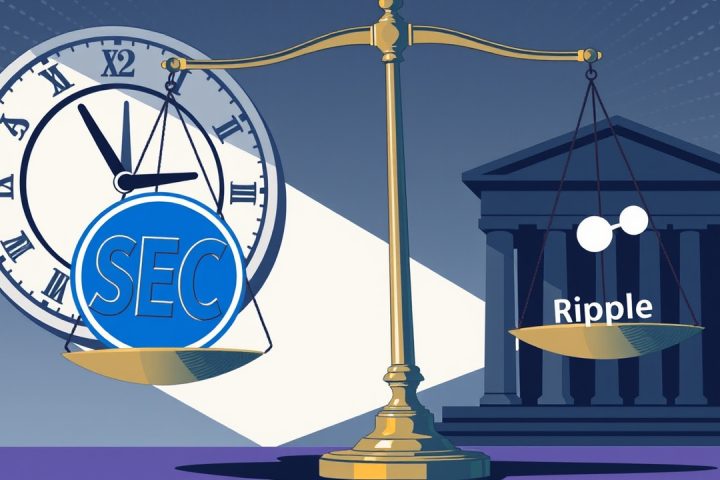Introduction to Bitcoin and XRP
In the realm of cryptocurrencies, Bitcoin (BTC) and XRP stand out as prominent players, each offering distinct functionalities and purposes in the digital economy. Bitcoin, introduced in 2009 by the pseudonymous creator Satoshi Nakamoto, is renowned for its aspiration to serve as a decentralized store of value, often likened to “digital gold.” This pioneering cryptocurrency was designed to facilitate peer-to-peer transactions without the need for intermediaries, embodying a spirit of autonomy from traditional financial institutions.
Purpose and Functionality
On the other hand, XRP, launched in 2012 by Ripple Labs, was specifically engineered to streamline international payments for banks and financial service providers. Unlike Bitcoin, which relies on a resource-intensive mining process using a proof-of-work system, XRP operates on a unique consensus algorithm that allows for quick transaction validations and significantly reduced energy consumption. This efficiency makes XRP particularly appealing for businesses seeking to lower the costs and time involved in cross-border transactions.
Use Cases and Market Position
The fundamental distinction between the two lies in their intended use cases. Bitcoin serves primarily as a digital asset for individual investors looking to preserve wealth, capitalizing on its reputation as a secure and trustworthy medium of exchange. Conversely, XRP is primarily utilized within the banking infrastructure, enabling it to process money transfers in a matter of seconds instead of the lengthy periods typical of traditional systems. This capability is further enhanced by low transaction fees, which remain consistently economical, even during peak usage times.
With Bitcoin commanding a significant lead in market capitalization, it enjoys widespread acceptance among traders, businesses, and investors. It is commonly utilized for payments, trading, and investment purposes, and has seen considerable long-term growth despite its inherent price volatility. In contrast, XRP’s appeal lies predominantly within the financial sector, where Ripple’s partnerships with various banking institutions bolster its credibility and adoption.
Operational Differences
Interestingly, while both cryptocurrencies are classified under the digital currency umbrella, their operational frameworks diverge significantly. Bitcoin transactions may take several minutes to be confirmed, particularly during high-traffic periods, whereas XRP transactions can be completed in approximately three to five seconds. This time efficiency is a major reason why many financial entities favor XRP over Bitcoin for transaction processing.
Conclusion
In summary, as Bitcoin remains the largest and most recognized cryptocurrency, XRP carves out its niche in facilitating rapid and cost-effective transactions between businesses in the global banking system. Thus, while they share the label of cryptocurrencies, their differing technologies, purposes, and user bases create a fascinating dichotomy in the ongoing evolution of digital finance.




